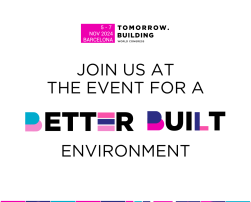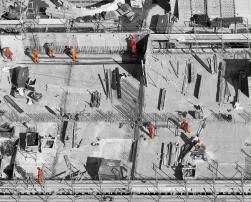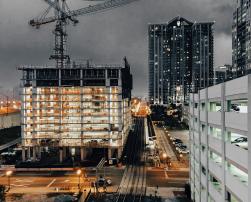
The CISBAT 2025 conference in Lausanne, Switzerland, invites abstracts on energy efficiency, renewable technologies, and circularity by 31 October 2024, for a hybrid event focusing on the transition to carbon neutrality in the built environment.

The CISBAT 2025 conference in Lausanne, Switzerland, invites abstracts on energy efficiency, renewable technologies, and circularity by 31 October 2024, for a hybrid event focusing on the transition to carbon neutrality in the built environment.

The Pilkington Sun Angle Calculator (SAC) is a vital tool for architects, providing easy determination of solar geometry variables for precise architectural design.

A study examines how integrating diverse waste materials into cement mixtures improves sustainability and enhances properties like thermal insulation and durability in construction.

The Tomorrow.Building World Congress will take place in Barcelona, Spain, from 5 to 7 of November.

High-rise buildings in cold climates are tackling heating system decarbonisation challenges through NYSERDA's Empire Building Challenge and its Retrofit Playbook, aiming to promote sustainable practices across the real estate sector.

To achieve net-zero emissions by 2050, the UK must address not only operational but also embodied carbon emissions from building materials and processes, a significant oversight in current policies.

A BPIE document advocates for Extended Producer Responsibility (EPR) to enhance recycling and promote sustainable practices in the EU construction sector, aiming to reduce waste and improve resource efficiency.

The UNEP's March 2024 report underscores record-high CO2 emissions from building operations and construction in 2022, prompting global initiatives for carbon neutrality and sustainable practices in urban planning and business strategies.

A BPIE discussion paper calls for a comprehensive EU strategy to integrate climate adaptation into the built environment, ensuring resilience, inclusivity, and local engagement across all regions.

The construction industry, amidst rising climate challenges and regulatory pressures, is leveraging circular construction, technological innovations, and sustainable materials to minimise environmental impact and foster long-term resilience.